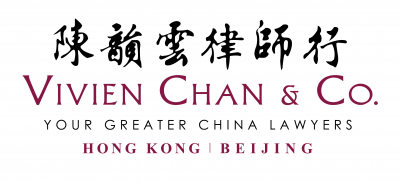1. Bad Faith Provisions Against Trademark Squatters and Agents
The Fourth Amendment to the Trademark Law took effect in November 2019. In an effort to tackle bad faith trademark squatting and hoarding, the updated law includes provisions that empower the China National Intellectual Property Administration (CNIPA) to reject bad faith trademark applications filed without the intention to use. In addition to CNIPA now being able to reject such applications, any party may now also challenge trademark applications or registrations based on this ground. Furthermore, trademark agencies assisting in a trademark application where they know, or ought to know, that applicants are acting in bad faith may also be punishable by administrative fines of up to RMB 100,000 (approx. US $148,000). It is not uncommon that agents themselves are behind trademark squatting, The administrative fines can help deter trademark agents in assisting and engaging in bad faith filings.
2. CNIPA Keeps Bad Faith Applicant Blacklist
CNIPA is maintaining an informal internal blacklist of bad faith applicants. Blacklisted applicants' applications may be provisionally rejected, and the applicants will be required to produce evidence and an explanation showing that the application was not filed in bad faith. This list provides CNIPA with a new weapon in the fight against habitual squatters as well as ease the burden on brand owners dealing with the issue, We shall keep an eye on the potential formalization of the blacklist.
3. Online Publication of Opposition Decisions
As of January l, 2020, trademark opposition decisions are being published online. As a running record of applicants' filing history and previous decisions finding bad faith on opposition and invalidation actions, this will become a new source of bad faith evidence.
4. Suspension of Refusal Review Pending Disposition of Prior Marks
Beginning in late 2019, CNIPA began issuing "Notice of Examination Opinions," listing the prior mark(s) and inviting applicants to file applications for suspension until the determination of the status of the prior mark(s). Up until this point, there was no formal procedure for suspension of refusal review procedure pending the disposition of prior conflicting marks, and it was at the sole discretion of examiners to suspend. This Notice does not constitute a Notice of Refusal and is normally issued if the prior marks are still under examination or pending change of address / name of the proprietor or assignment. A formal Notice of Refusal will be issued if, after the conclusion of the aforesaid, the prior mark(s) still constitutes an obstacle to the application. The introduction of these Notices is a welcome development as direct refusal of trademark applications can now be avoided based on prior marks with unstable status. It is yet to be seen whether this new practice will be extended to cases where prior marks are subject to opposition/invalidation/cancellation proceedings.









